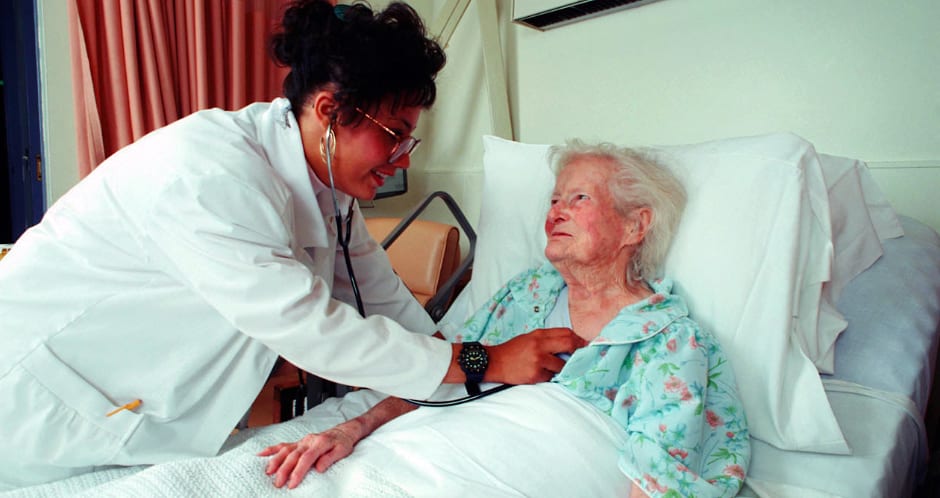
Pain is a symptom of a variety of different conditions and injuries – this also includes dementia and Alzheimer’s disease.
People with dementia may experience physical pain for the same reasons as everyone else. However, because of their brain function and declining abilities, they may be less able to communicate to people that they are in pain.
This can result in undertreatment of their pain, and reduced quality of life. These situations are preventable if their pain was adequately managed.
While a person has dementia, they may also have other conditions that could be contributing to their discomfort. It is vital to be able to treat and manage the pain so that their condition does not get worse.
Here is a breakdown of other potential conditions a person may have that could be causing them pain.
Arthritis is the inflammation of a person’s joints, causing pain and stiffness that can worsen with age. It can affect any joint but is mainly seen in the hips, knees and hands. Usually the pain is worse when the person is moving.
Diabetes itself isn’t a painful condition, but it can cause painful complications including tingling or burning nerve pain in the feet and hands, and foot ulcers due to numbness and poor circulation.
Long-term pain in the lower back that can become worse when moving or after sitting in the same position for a long time. This can often occur in people with dementia, especially those with mobility issues who are sitting or lying down for extended periods of time.
Chronic obstructive pulmonary disease, or COPD, is a condition where a person has trouble breathing, which can progressively get worse over time. COPD can cause pain in the muscles of the chest due to breathing difficulties, coughing and wheezing.
Osteoporosis is a condition where bones become weak and brittle. For older people it can cause painful fractures, often in the spine, hip, or wrist.
Thyroid disease is a medical condition that affects the function of the thyroid gland, which is endocrine organ found in the neck that produces hormones. An underactive thyroid can cause muscle aches in the body.
Varicose veins are gnarled, enlarged veins that are most commonly found on the legs and feet. Though many cases of varicose veins are benign, some people can experience aching and sometimes burning pain.
Cerebrovascular disease affects the blood vessels in the brain. Some common forms of cerebrovascular disease are stroke, transient ischemic attack (TIA), sometimes called a mini-stroke, and subarachnoid haemorrhage.
Mini-strokes can cause numbness or tingling. People who have had a stroke may experience post-stroke pain, such as muscle spasticity (tightness), headaches, or shoulder pain.
Coronary heart disease is the damage or disease that occurs in the heart’s major blood vessels. When there is damage or plaque build-up in these blood vessels, it can lead to angina (chest pain) or a heart attack.
Pressure sores, which are injuries to skin and underlying tissue from prolonged pressure on the skin, can be very painful. They are most commonly seen in places that are in prolonged contact with a bed or chair, such as the shoulders, elbows, spine or buttocks.
People with dementia can often have communication difficulties. Because of that, pain assessment can be rather challenging, however, there are other ways a person can express they are in pain, for example by looking out for non-verbal signs or cues (such as increased agitation, change in behaviour, withdrawal and or facial grimacing).
If a person with dementia is in pain, do not assume that is a merely a symptom of their condition. Investigate further, there may be another underlying cause to it that can be managed.
Disclaimer: Please be aware the above article is merely information – not advice. If you need medical advice, please consult your doctor or another healthcare professional.